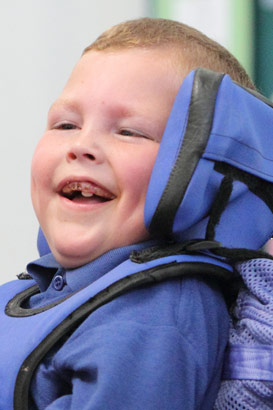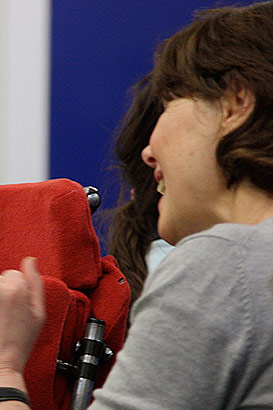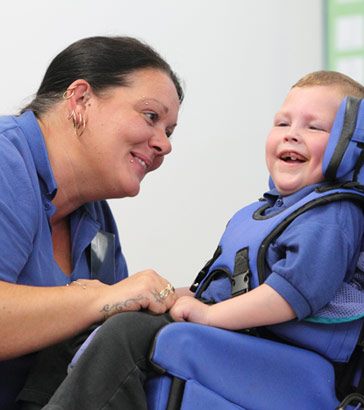
There are particular problems assessing the quality of life for children with SCLD. These children always have significant difficulties with communication. Some will be functioning at a pre-speech stage of development. Some will understand simple requests especially if accompanied by signing and can communicate by pointing gestures or simply by looking. However others, e.g. those with a severe physical disability who also have profound auditory or visual problems, face even more severe communication difficulties.
There are three ways to approach assessing the quality of life for pupils with SCLD. Focus on developing:
- The child's ability to respond
- The use of proxy respondents for the child
- The objective quantitative types of measure.
These are addressed in the pages that follow.

As we have already seen, it is important to maximise the potential for communication that each child has by:
- focusing on ways on increasing the child's communication skills, and
- increasing opportunities for the child to communicate.

As you we have seen, proxy respondents can play an important role in the lives of children with SCLD. Proxy respondents may have different views on a pupil's likes or dislikes, for example, because:
- a child may respond and act differently in different situations - at school, at home or in the playground, and
- different adults have different views about the particular areas that are important.
Differences of opinion are useful. By sharing these views a more holistic picture of the child can be drawn which, in the long run, will benefit the pupil.

As we have seen, objective measures are often used in assessing quality of life. Sometimes these can be simple measures such as the number of days absence that a pupil has due to illness. The main consideration in terms of objective measures is to avoid a narrow focus on academic progress by including wider aspects of a child's life such as opportunities to make choices or to interact with others.